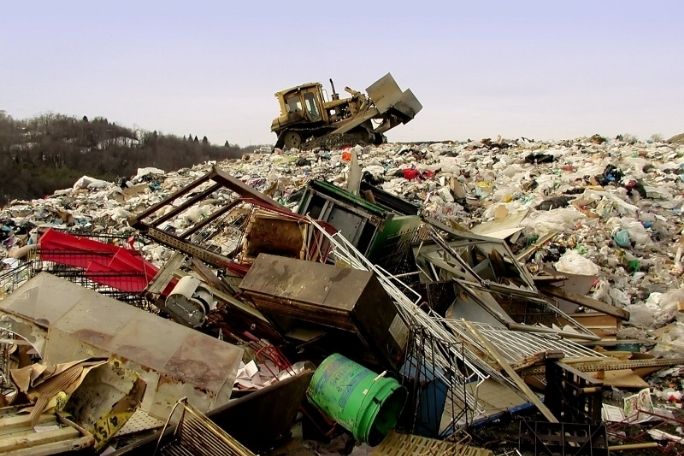Lesson summary
Students are asked to consider how waste patterns have changes over time and complete a colouring-in worksheet that shows the changes in the ways that people have used materials and disposed of their waste over the past 400 years. They will also be asked to predict what life might be like in the year 2050 and what waste disposal methods will be available then.
Learning intentions:
Students will...
- learn that Aboriginal and Torres Strait Islander peoples have lived very lightly on the land, using natural materials for their tools, clothing, shelters and weapons.
- discover that since European settlement, people in Australia have used increasing amounts of resources to support their lifestyle and have been producing increasing quantities of solid waste.
- understand that the way that Australians dispose of their waste has changed dramatically over the past 60 or so years.
Lesson guides and printables
Lesson details
Curriculum mapping
Australian curriculum content descriptions:
Year 3 Science:
- Science involves making predictions and describing patternsand relationships (ACSHE050)
Year 3 History:
- Pose questions to investigate people, events, places and issues (ACHASSI052)
- Sequence information about people’s lives and events (ACHASSI055)
Year 4 Science:
- Science involves making predictions and describing patterns and relationships (ACSHE061)
Year 4 History:
- Sequence information about people’s lives and events (ACHASSI076)
- Examine information to identify different points of view and distinguish facts from opinions (ACHASSI077)
Year 4 Geography:
- The use and management of natural resources and waste, and the different views on how to do this sustainably (ACHASSK090)
Syllabus Outcomes: GE2-2, GE2-3, ST2-4WS, HT2-5.
Time required: 48 mins.
Level of teacher scaffolding: Medium – gather materials, copy worksheets for students.
Resources required
- Scissors, pencils, pens, glue,
- Copy of Doorways To Waste Worksheet for each student
Additional info
This is an original Cool.org lesson. Facts and figures in these lessons may have changed since this lesson was published. We always endeavour to update our resources in a timely manner, but if you see an error or issue in our resources please get in touch with us.


Welcome back!
Don't have an account yet?
Log in with:
By signing up to Cool.org you consent and agree to Cool's privacy policy to
store, manage and process your personal information. To read more, please see
our privacy policy here(Opens in new tab).
Create your free Cool.org account.
Many of our resources are free, with an option to upgrade to Cool+ for premium content.
Already have an account?
Sign up with:
By signing up to Cool.org you consent and agree to Cool's privacy policy to
store, manage and process your personal information. To read more, please see
our privacy policy here(Opens in new tab).